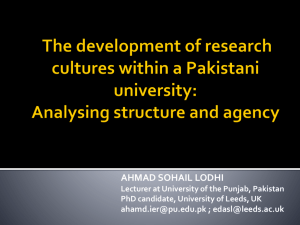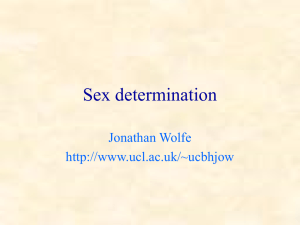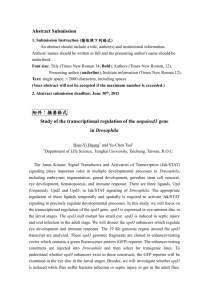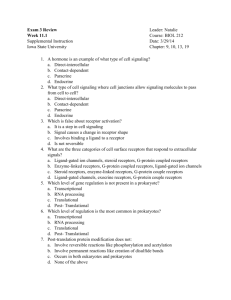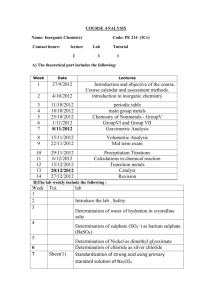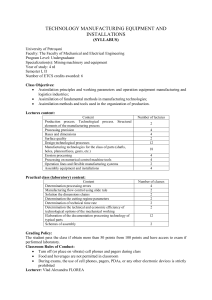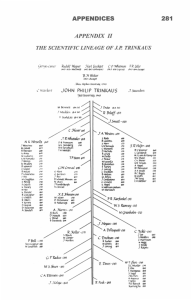Variation and Transcriptional Control in Drosophila
advertisement
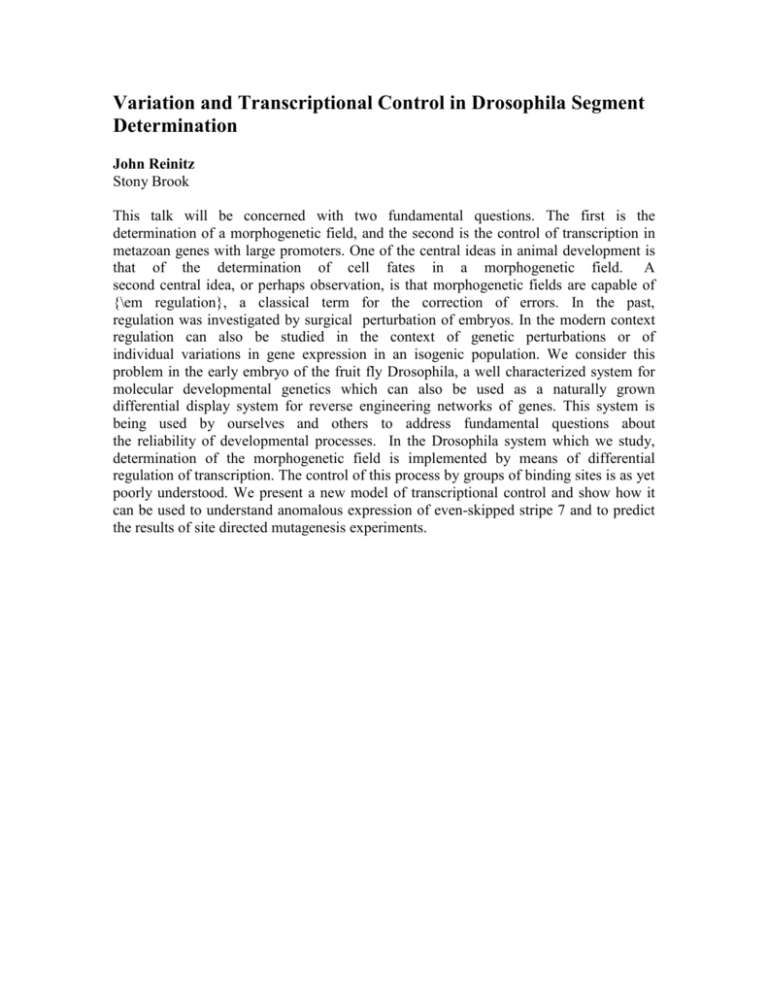
Variation and Transcriptional Control in Drosophila Segment
Determination
John Reinitz
Stony Brook
This talk will be concerned with two fundamental questions. The first is the
determination of a morphogenetic field, and the second is the control of transcription in
metazoan genes with large promoters. One of the central ideas in animal development is
that of the determination of cell fates in a morphogenetic field. A
second central idea, or perhaps observation, is that morphogenetic fields are capable of
{\em regulation}, a classical term for the correction of errors. In the past,
regulation was investigated by surgical perturbation of embryos. In the modern context
regulation can also be studied in the context of genetic perturbations or of
individual variations in gene expression in an isogenic population. We consider this
problem in the early embryo of the fruit fly Drosophila, a well characterized system for
molecular developmental genetics which can also be used as a naturally grown
differential display system for reverse engineering networks of genes. This system is
being used by ourselves and others to address fundamental questions about
the reliability of developmental processes. In the Drosophila system which we study,
determination of the morphogenetic field is implemented by means of differential
regulation of transcription. The control of this process by groups of binding sites is as yet
poorly understood. We present a new model of transcriptional control and show how it
can be used to understand anomalous expression of even-skipped stripe 7 and to predict
the results of site directed mutagenesis experiments.
